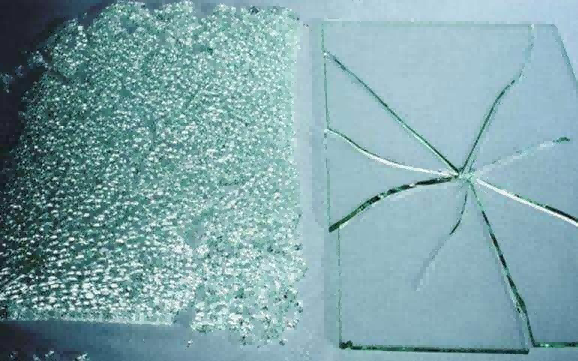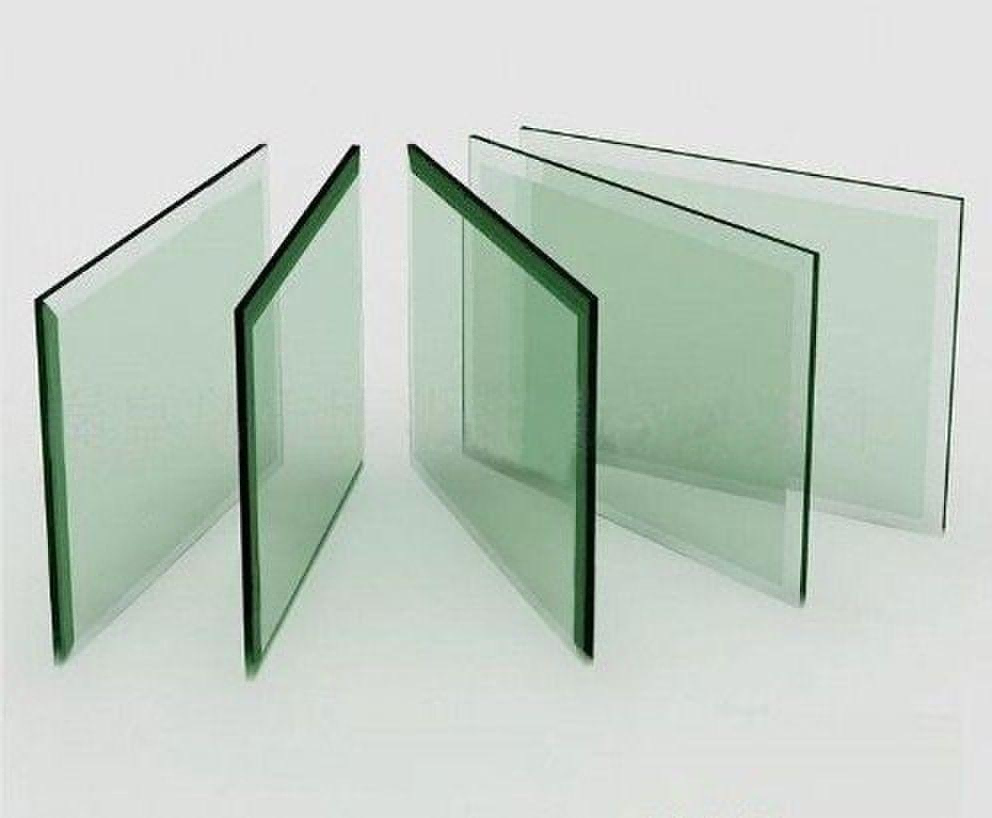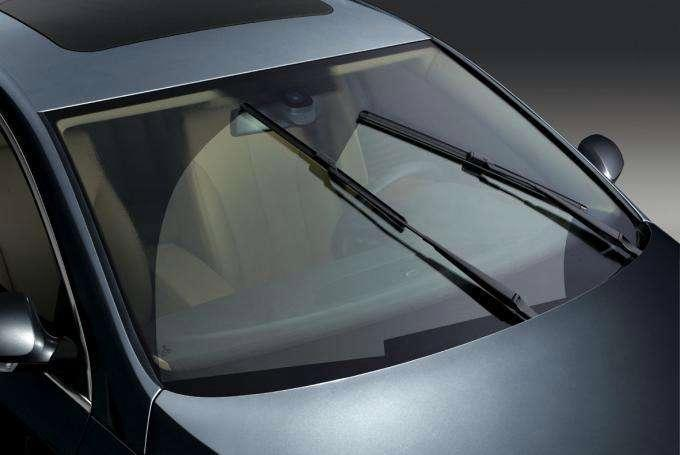The difference between steel glass and ordinary glass
Hello everyone! Today we're going to talk about a very common "transparent character" in our daily lives: —— glass. You interact with it every day, but do you know the difference between tempered glass and regular glass? Despite both being "transparent," the differences are quite significant! Today, we'll delve into this often overlooked "glass knowledge" for you.

1. Ordinary glass: the "fragile" daily companion
Ordinary glass, I'm sure you're not unfamiliar with it. Windows, cups, mirrors, even small ornaments on the table, most of them are ordinary glass. Its production process is relatively simple: silica sand, soda ash and limestone and other raw materials are melted at high temperature, then cooled to become the glass we see.
What is its greatest advantage? Naturally, it is inexpensive, easy to process, and has excellent light transmission, making it ubiquitous in daily life. But the biggest problem? It is extremely fragile! Have you ever had this experience: accidentally knocking over a glass on the table, and with a sudden "clatter," shards scatter all over the floor. These shards are not only sharp but also very difficult to clean up, and can easily cut your hand if you're not careful.
Data explains the problem: According to the latest home safety report in 2024 [1], accidental injuries caused by ordinary glass breakage account for up to 15% of home accidents, especially in families with the elderly and children, the risk of injury is higher.
2. Tempered glass: a super soldier who has been "strengthened"
Compared to the "fragility" of ordinary glass, tempered glass is simply its "Iron Man" version. It is processed by special techniques that heat ordinary glass to near softening temperature, then quickly cool it, creating a strong stress layer on its surface, making the glass stronger and more durable.
Tempered glass is 4 to 5 times stronger than regular glass. Simply put, if you hit a door with regular glass, the door will break; but if you hit it with tempered glass, the door will still stand firm! Moreover, there's something particularly amazing about tempered glass: even when it breaks, it won't hurt anyone. When it shatters, it turns into countless small granules instead of sharp edges, significantly reducing the risk of injury.
For example, if your shower glass is tempered, even if it breaks on impact, it won't turn into a floor full of sharp shards. It breaks like a bean, making it almost impossible to cut.

3. What is the difference between tempered glass and ordinary glass?
The difference between ordinary glass and tempered glass is not only in their strength, there are many other differences between them, let's compare:
1. Strength difference: the impact strength of tempered glass is several times higher than that of ordinary glass. Ordinary glass breaks easily when touched, while tempered glass needs more force to break.
2. Safety difference: once ordinary glass is broken, the edge is extremely sharp and easy to scratch; when tempered glass is broken, it will present small granular fragments, without forming sharp corners, greatly reducing the risk of cutting.
3. Heat resistance difference: Tempered glass has a strong heat resistance and can withstand temperature changes as high as 300℃. Ordinary glass may crack in sudden cold and heat alternation.
4. Different application scenarios: Ordinary glass is often used in places with low strength requirements, such as mirrors and Windows at home; tempered glass is widely used in places with high safety requirements, such as car glass and shower room partitions.
4. The "weak spot" of tempered glass: don't knock the corners!
Is tempered glass really flawless? In fact, it has a "minor weakness," which is that its edges are particularly fragile. Although its surface is very sturdy, once the corners are hit, it can still shatter. When installing and using tempered glass, it's especially important to protect the edges and avoid bumps; otherwise, even the strongest glass cannot withstand such impacts.
5. How to distinguish tempered glass and ordinary glass?
In daily life, how do we quickly tell whether the glass used in our home is ordinary glass or tempered glass? Here are some simple and practical tips:
1. Look at the logo: Tempered glass usually has "Tempered" or "tempered" in the corner, which is the simplest way to identify it.
2. Observation of breaking mode: ordinary glass will form long pieces with sharp corners after breaking, while tempered glass will break into small pieces with particles.
3. Optical effect: When you shine your phone's camera on the tempered glass, you may see some optical effects similar to rainbows. This is because the stress distribution inside the tempered glass is uneven, which forms this phenomenon, while ordinary glass does not have this effect.
6. The wide application of tempered glass: more and more indispensable
As people's awareness of safety increases, the application scenarios of tempered glass are more and more widespread. You may not know that many places around us now use tempered glass: car front and rear windshields, kitchen splash guards, and even glass coffee tables at home, may use this material with better safety performance.
According to the global market data in 2024 [2], the demand for tempered glass in the construction and automotive sectors continues to rise, especially in buildings' Windows and curtain walls, which almost all require tempered glass to improve safety.
7. Environmental protection of tempered glass and ordinary glass
Many people may wonder, what are the environmental differences between tempered glass and regular glass? In fact, both tempered glass and regular glass are recyclable materials. However, the recycling cost of tempered glass is relatively higher because it requires specialized processing equipment. If you have unused tempered glass items at home, it is recommended to take them to a dedicated recycling center instead of discarding them carelessly.
8.Viii. Future outlook of tempered glass
As technology advances, tempered glass will not only become stronger and safer, but it may also gain more intelligent functions in the future. For example, smart tempered glass might have the ability to automatically adjust its tint, provide insulation, and reduce noise. It could even adjust its transparency based on changes in light and temperature both indoors and outdoors, offering greater convenience and safety in our lives.
9.epilogue
Through today's science popularization, have you gained more knowledge about tempered glass and regular glass? Glass is ubiquitous in our daily lives, and choosing the right type of glass material is crucial for home safety. Starting today, opt for tempered glass to ensure a safer life! Whether it's your shower room, windows at home, or windshields in your car, consider using the safer tempered glass. After all, no matter how busy life gets, safety always comes first



